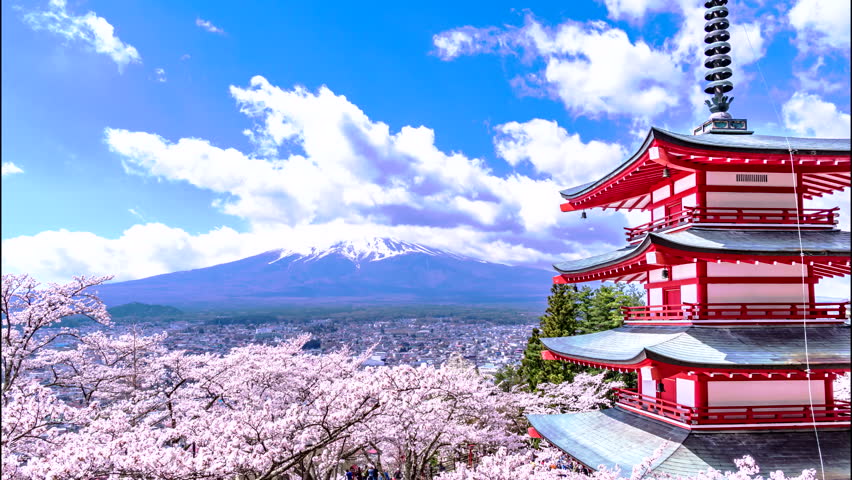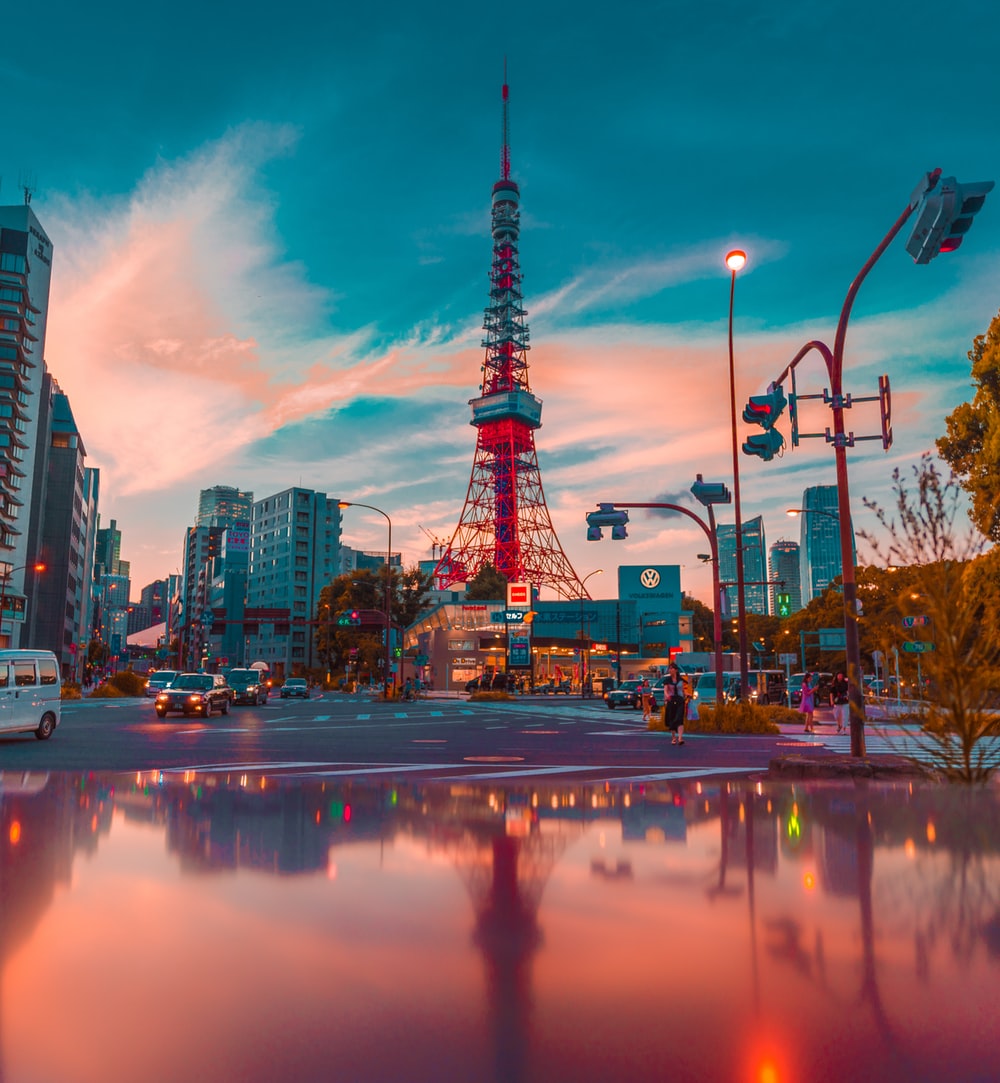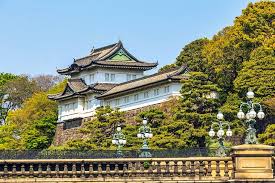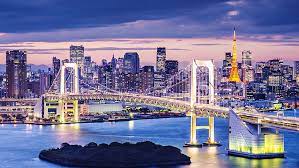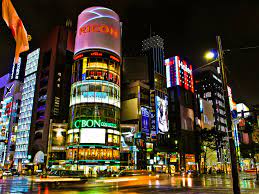Venue & Hospitality
City Highlights
About City
Tokyo Attractions
The city of neon lights, cherry blossom, and this year, the Rugby World Cup. Steeped in technology and innovation, yet still deeply rooted in thousands of years of tradition and heritage, Tokyo has something to offer everyone who visits – whether it’s for study, travel, or work.
It might be difficult picturing yourself studying abroad in the first place, let alone learning to adjust to unfamiliar customs and traditions. But it is absolutely possible – and you won’t find a more welcoming nation than Japan. The important thing is to find a place which really fits your lifestyle. If you can see yourself living in a big city like Tokyo, then you’ll know how to enjoy it,” said Klara.
Tokyo Climate and Weather
Tokyo has a humid subtropical climate and four distinct seasons. The summer months (June to August) are hot and sticky due to an unpleasant level of humidity, while winters (December to February) can get fairly cold. The warmest month is August, which averages 81°F (27°C), and the coolest month is January, averaging 42°F (6°C). Summers can be rainy and Tokyo's rainy season usually lasts from early June to late July. The rain is not constant and the city still gets plenty of sun over this period. Typhoons are most likely to affect the city in August and September. Snowfall is common in the city in January and February. The best time to visit Tokyo is in the shoulder seasons of spring and autumn.
Tokyo is a city that’s full of color
For many, the first thing that comes to mind when they think about Tokyo is its abundance of neon lights. But neon isn’t the only way Tokyo gets its color. “Everything is pink during spring to welcome the sakura,” said Klara. “Then the fireworks light up in the summer.“The leaves start to fall covering the streets with orange to remind you that autumn has arrived, and then before you know it, the whole city is lit up with winter illuminations which give warmth during the winter.”
Fulfill your wanderlust
Speaking of travel… you can’t study abroad without taking an adventure or two. Tokyo has a lot to offer when it comes to fulfilling your wanderlust, such as seeing a kabuki theater performance, a sumo tournament (also known as a basho) or visiting Odaiba in Tokyo Bay – a high-tech entertainment hub on an artificial island. You have to see it to believe it! For art and culture, you’ll want to head to the Roppongi District and visit the Mori Art Museum and Observatory as well as take a trip into Tokyo Mid-Town. The notorious district of Harajuku is also a must-visit for those who love to shop ‘till they drop.If you want to deepen your understanding and appreciation for Japanese culture, there are plenty of temples and shrines in the city to visit: Meiji-jingu Shrine and Senso-ji Temple are particularly remarkable. For those who love a challenge, catch a bullet train towards Mount Fuji and plan a day’s hike. If the hike doesn’t take your breath away, then the views definitely will. Or, if the thought of hiking tires you out, you can always opt to relax like a real Japanese citizen by visiting an onsen – a Japanese hot spring.
The transport system of Tokyo
Something else Tokyo does well is its efficient and clean subway that can get you wherever you need to be at a rapid speed, which makes getting around the city a total breeze.
Bearing in mind Tokyo is home to 13 million people, the subway can get busy at times, as Klara told us: “Even though it’s extremely packed during rush hour, the subway gives me the freedom to travel all over the place.”
If on the weekend or during the university break you find yourself wanting to explore more of what Tokyo and Japan have to offer, a bullet train is probably the best way to do so as they cover vast distances quicker than normal trains.
Bullet trains are notorious for their punctuality. In fact, in November 2017, a Japanese bullet train company issued an apology for departing 20 seconds early.
Tokyo Tourist places
-
Tokyo Tower
-
Sensoji Temple
-
Tokyo-Skytreetown
-
Odaiba
-
Daikanyama
-
Hamarikyu Gardens
-
Courtesy of Tokyo Metropolitan Park Association
-
Olympic sites
Venue

